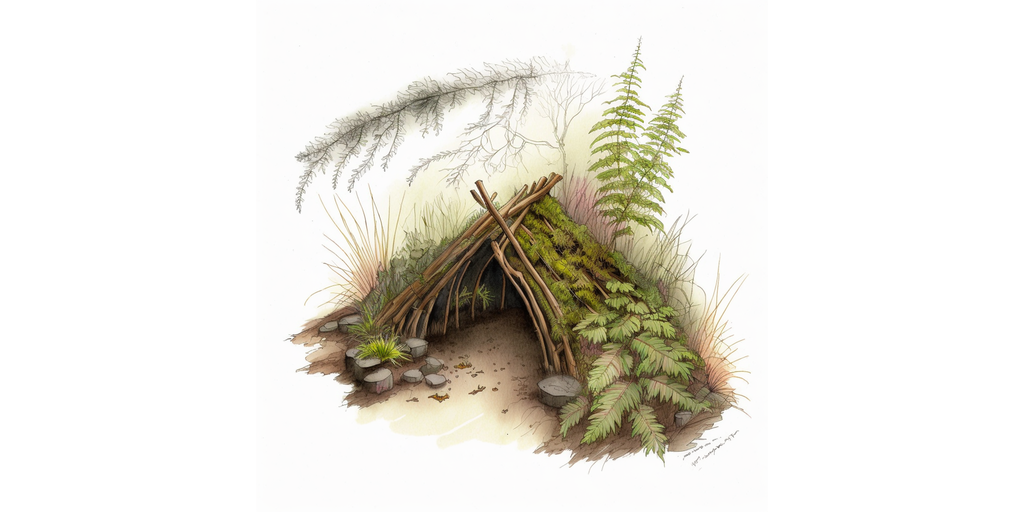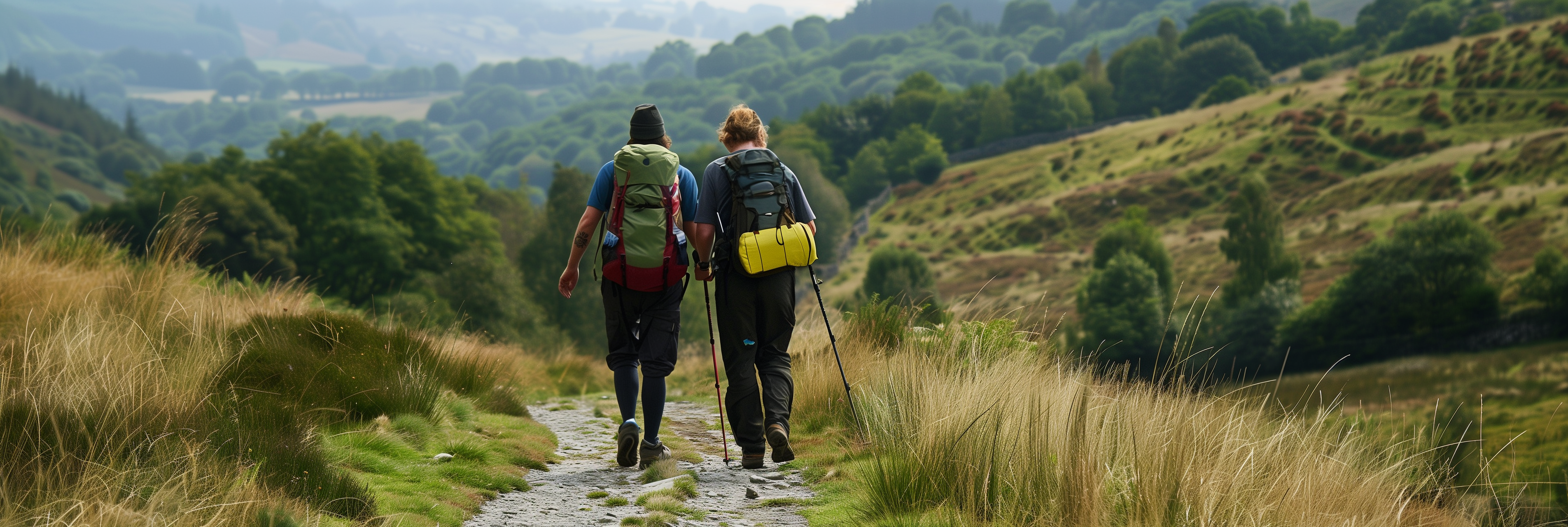
Building a Shelter
Building a Shelter
When out hiking in the UK, unexpected changes in weather conditions can occur, making it important to be prepared with knowledge of how to build a shelter. Ideally you would have a tent with you, but there are circumstances that can arise that result in this not being the case - for example, you might be planning to return to your vehicle by nightfall, however you may become lost and need to create a temporary shelter to get you through until daybreak. A shelter can protect you from rain, wind, and cold temperatures, and can make the difference between a miserable and comfortable night in the wilderness. In this article, we will explore some ways to build a shelter when out hiking without a tent, with UK readers in mind.
According to a study by the European Environment Agency, weather-related natural disasters are becoming more frequent and intense due to climate change. This includes more frequent and severe storms, which can lead to sudden changes in weather conditions when out hiking (EEA, 2020).
Having a shelter can help protect hikers from hypothermia, a serious condition that can occur when the body loses heat faster than it can produce heat. Hypothermia is more likely to occur in cold and wet conditions, and can be fatal if left untreated.
- Natural shelters
One of the simplest ways to build a shelter when out hiking is to use natural materials. However, it is important to be aware of the impact that building a shelter may have on the environment. According to the Leave No Trace Center for Outdoor Ethics, hikers should avoid damaging live trees and plants, and should dismantle natural shelters after use.
To build a lean-to shelter, start by finding a fallen tree or sturdy branch that is slightly longer than your body. Prop up one end of the branch against a tree or other sturdy object, and use smaller branches and leaves to create a roof on top of the branch. Make sure the roof is thick enough to protect you from rain and wind, and use leaves or other materials to insulate the ground beneath you.

To build a debris hut shelter, start by finding a sturdy base, such as a fallen log or large rocks. Prop branches and twigs up against the base, creating a dome-like structure. Layer leaves, grass, and other debris on top of the branches, creating an insulating layer. Make sure the debris hut shelter is tall enough for you to sit up inside, and seal any gaps with more debris.
- Tarp shelters
Another option for building a shelter when out hiking without a tent is to use a tarp. Tarps are lightweight and easy to pack, and can be used to create a variety of shelter designs. A basic tarp shelter can be created by tying one end of the tarp to a tree or other sturdy object, and staking the other end to the ground. This creates a sloping roof that can protect you from rain and wind.

For a more elaborate tarp shelter, consider creating an A-frame shelter or a lean-to with a raised platform. A-frame shelters are created by tying the corners of a tarp to trees or other sturdy objects, creating a triangular roof. Lean-to shelters with raised platforms are created by tying one end of the tarp to a tree or other sturdy object, and using branches or other materials to create a raised platform on the ground. This can provide additional protection from damp ground and insects.
- Bivvy bags
If you want a more enclosed shelter than a tarp or natural shelter, a bivvy bag is a good option. Bivvy bags are essentially waterproof sleeping bags, designed to protect you from the elements while you sleep. They are lightweight and easy to pack, and can be used on their own or in combination with a tarp or other shelter. To use a bivvy bag, simply climb inside and cinch the hood tight around your head to stay warm and dry. We recommend that hikers take with them a tarp and bivvy bag even when they are not expecting to need them - they can invaluable in the event of unforeseen circumstances.

In conclusion, building a shelter when out hiking in the UK without a tent requires some preparation and creativity. Natural shelters, tarp shelters, and bivvy bags are all effective options for staying dry and protected from the elements. When building a shelter, make sure to choose a location that is safe and protected from wind, and be aware of any potential hazards such as falling branches or rocky terrain. It's also important to consider the environmental impact of your shelter, and to dismantle natural shelters after use. With some practice and know-how, you can stay comfortable and protected during your next hiking adventure.
Suggested Articles
Preparing for a UK Walking Holiday: Tips for Planning and Packing
Walking holidays offer an unrivalled opportunity to explore the UK's stunning landscapes, from the rugged highlands o...
The Art of Lightweight Camping: Tips for Minimalist Adventures
The allure of the great outdoors calls to many, but the prospect of carrying heavy and cumbersome packs can dampen en...
How to Balance Taste and Nutrition in Adventure Food Planning
Embarking on an outdoor adventure, whether it's a multi-day hiking trip, camping, or a kayaking journey, requires mor...




